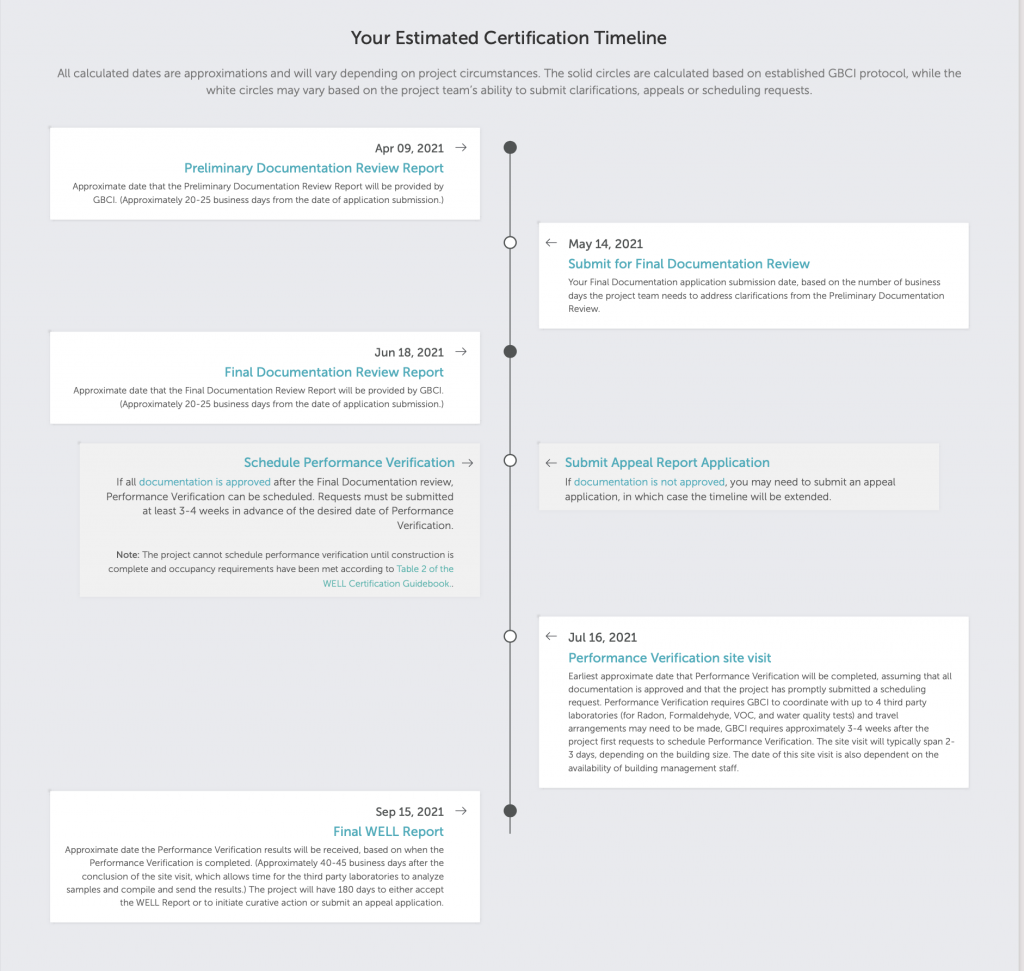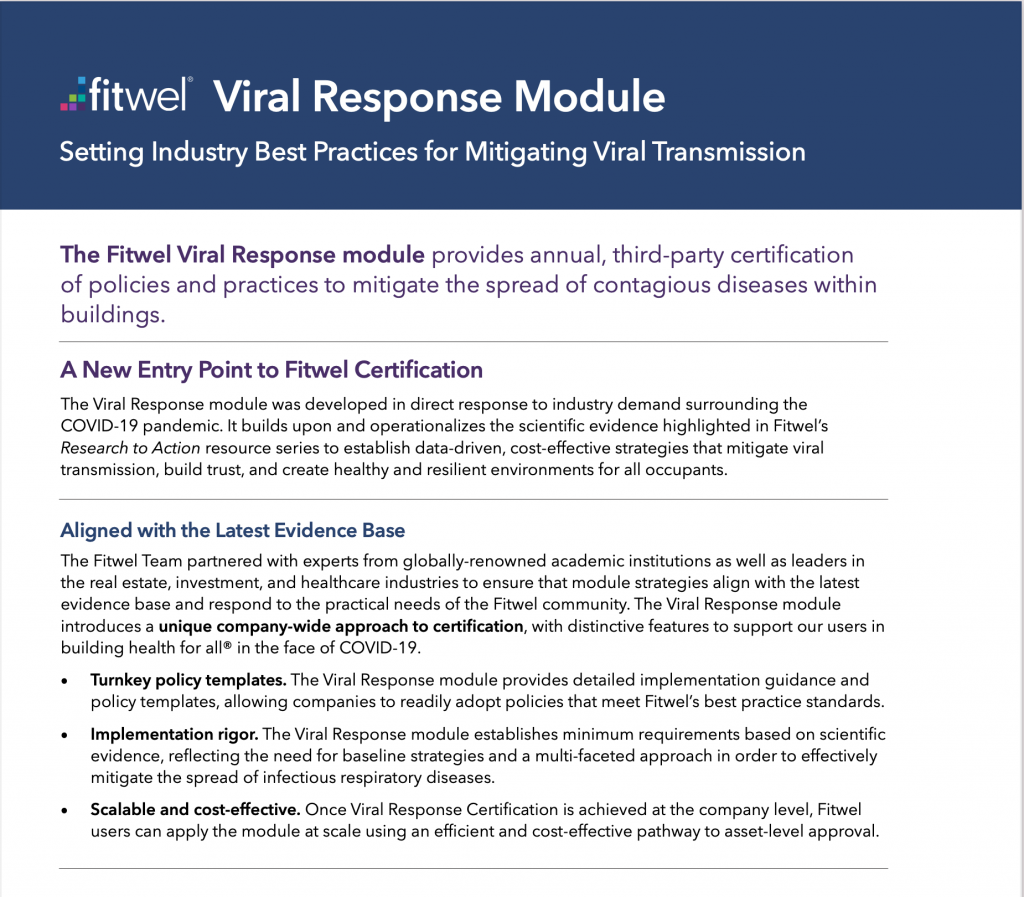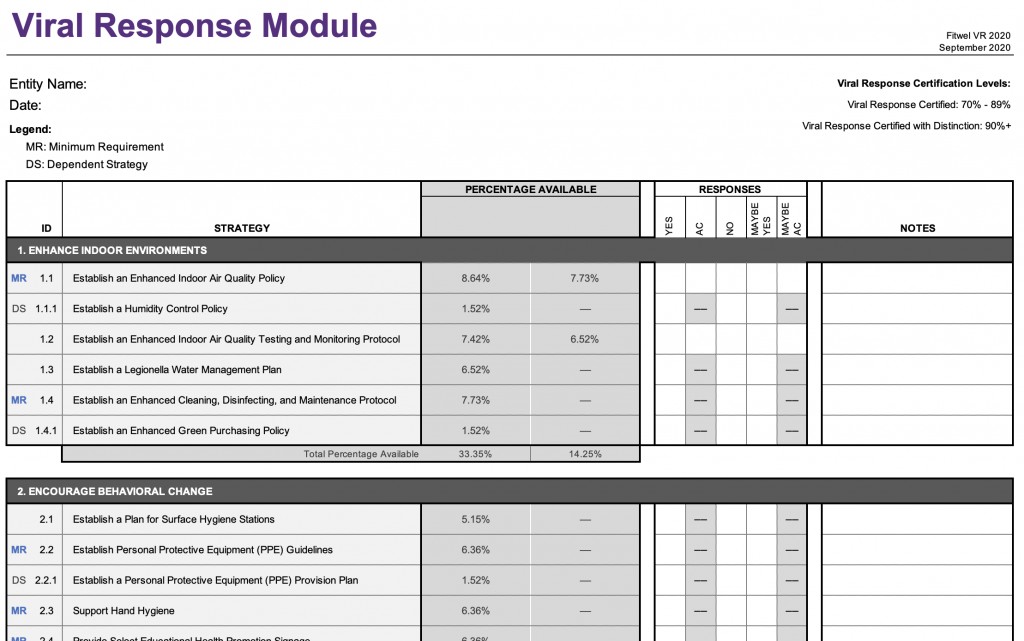c j pepper
a design consultancyThe Challenge
The “sick building syndrome” is still not a “thing of the past”, but it should be. Today, more than ever, the viral transmissions, including the common cold, the flu, and now COVID-19, summon the critical need for responsive leadership around the health and wholeness of the work environment. To overlook or discount the conditions that impact building design and performance on workplace well-being is to ignore their effect on absenteeism, productivity and trust.
But companies are faced with other challenges involving the sustainable workplace . . . ESG. And the new challenge is collecting and compiling data that satisfy stakeholders, compliance agencies and investors.
What Is ESG Data?*
ESG data and records cover areas such as:
- Risk management and oversight
- Board composition and diversity
- Cybersecurity practices
- GHG emissions
- Energy management
- Waste management
- Employee diversity metrics
- Diversity and inclusion
- Ethics and culture
- Climate-related risks and opportunities
- Human rights
- Employee health and safety
- Supply chain management
- Raw material sourcing
- Product safety
spatial considerations for well-being
The Convergence
What are the building environmental conditions that have a direct impact on occupant health? How do we monitor and measure them? What tools, standards and metrics do we employ? How do we link BMS to OCS.
BMS
Building Management Systems (BMS) monitor and manage building performance. Those that impact human health include occupancy sensors, energy consumption and utilization, air circulation and moisture content.
OMS
Occupant Monitoring Systems (OMS) would provide feedback to the BMS on ambient environmental conditions impacting human regulatory systems. For instance, feedback loops might adjust for CO2 levels through ventilation controls,



